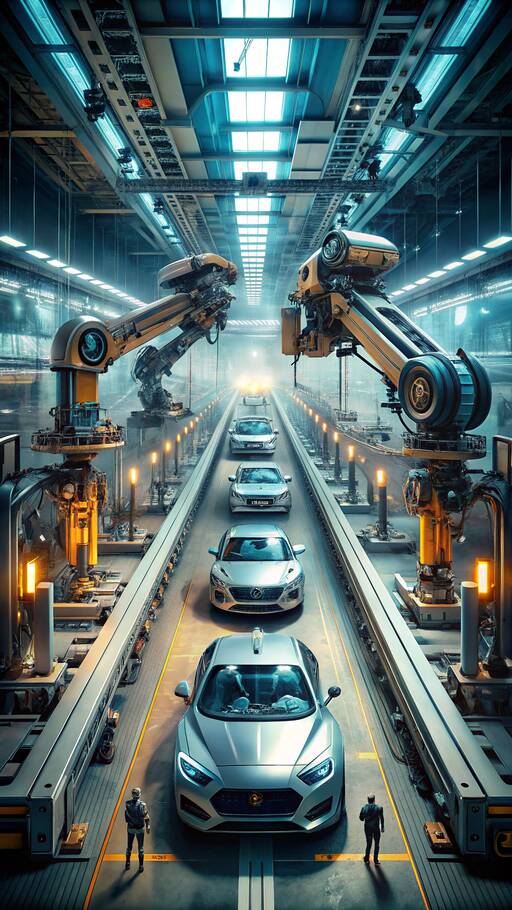
- Bankruptcies and Resignations: Henrik Fisker's automotive venture filed for bankruptcy, while Stellantis' CEO, Carlos Tavares, stepped down during turbulent times.
- UAW Movement: The United Auto Workers organized efforts across various plants, reflecting ongoing labor dynamics.
- Cyberattacks and Strategic Shifts: Cyber incidents forced U.S. dealerships to temporarily shut down, and GM made headlines by folding its self-driving division, Cruise.
- Sales Surge: U.S. car sales soared to 16 million, the highest since 2019, with brands like GM, Toyota, and Ford gaining market share.
- Chinese Competition: Chinese EV manufacturers, such as BYD, pose emerging threats, challenging established automakers.
- Consumer Shift: An increase in EV purchases is influenced by concerns over federal tax incentives for electric cars.
The upcoming year is likely to be chaotic as potential new policies, tariffs, and trade agreements could further disrupt the industry.
- Voting Impact: A possible second Trump administration might lead to regulatory changes affecting emissions standards and tax incentives.
- EV Adoption: Automakers need to incentivize consumers to embrace battery-powered vehicles, focusing on affordable options despite high battery costs.
- Volkswagen and Rivian: VW is collaborating with Rivian to enhance EV developments, leveraging Rivian's expertise and federal funds.
- Nissan's Proposed Merger: Nissan attempted to merge with Honda and Mitsubishi in an effort to boost its market position, but the plan was ultimately scrapped.
Ultimately, consumers are the real decision-makers, and their preferences will drive the market. The industry must adapt and innovate to attract buyers in this evolving landscape.
As the automotive world braces for turbulence in 2025, it falls upon key players to respond to ever-changing dynamics and consumer demands. The upcoming year presents both challenges and opportunities in redefining mobility.
Summary: The automotive industry stands at a crossroads in 2025, facing challenges from electric vehicles and shifting consumer preferences, alongside geopolitical uncertainties. With promising sales trends mixed with expected difficulties, collaboration and adaptation will be vital for thriving in this dynamic landscape.